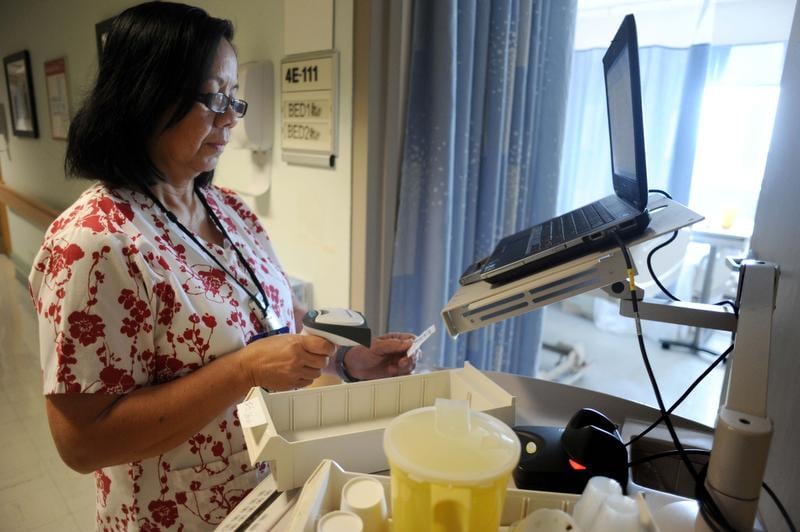The Department of Veterans Affairs (VA) made headlines recently with its decision to delay going live with its Electronic Health Record Modernization (EHRM) program until July.
As a veteran and former secretary of Veterans Affairs, I share the sentiment of many VA leaders, including Secretary Robert Wilkie, veteran service organizations and several members of Congress, that taking the time needed to ensure the solution works properly from day one is the best possible course of action. This approach not only ensures patient safety, security, and a functional system for VA health care professionals, but it is also the least we owe a veteran population that longs for changes to the way in which VA health care is delivered.
There is a lot at stake. VA did not make the decision to delay going live lightly. The decision was informed by collaboration with its vendor, Cerner, and by lessons VA learned from the Department of Defense’s health record efforts. VA’s process empowers clinicians to provide feedback early and often throughout the process, including the ability to make assessments and adjustments before going live. The decision to delay “go-live” is a sign the process is working.
RELATED

During my time as VA secretary, I had the opportunity to meet and engage with large numbers of our nation’s veterans and the mission-driven VA staff who support them. I also have seen first hand the medical system set up to care for the nearly 10 million veterans who have enrolled to receive health care from VA work diligently to improve the quality of care it delivers.
It is beyond dispute that America’s veterans deserve the best possible health care. At the same time, a large-scale health IT transformation isn’t without challenges, particularly for an organization the size and scope of the VA. The past few administrations have made a noble attempt to modernize health IT in VA. During my tenure as secretary, we sought to implement a costly technology program to modernize our financial, logistics, and supply system that failed. Had we taken an approach like the EHRM program, the outcome may have been different.
Since signing the Cerner contract nearly two years ago, VA’s EHRM program has migrated health records for 23.5 million veterans, a historic amount of patient data, to a shared data center with the DoD; completed eight national workshops spanning nearly 1,500 sessions and more than 50,000 cumulative work hours, attended by more than 1,000 frontline clinicians and end users; and reached consensus on more than 1,300 design decisions and more than 850 standardized workflows to best meet clinician and veteran needs.
Interoperability is also advancing under this IT transformation. For the last decade, VA and DoD have shared health information through a complicated legacy interface with limited and incomplete data. During a recent hearing, the VA announced the creation of a joint Health Information Exchange that not only reconciles data into a single common health record for 18 million veterans and service members, it also expands VA and DoD’s ability to securely share those records with more than 250 community partners. Data will be shared across the two departments and with the commercial industry, ensuing patients and clinicians have the right data, in the right place, at the right time to improve health outcomes. This is a significant step toward achieving enhanced interoperability for the nation, and the VA is at the forefront.
Transforming the delivery of health care for nearly 10 million veterans is no small feat. This is a historic and complex endeavor requiring collaboration, trust, open communication, and at times, honest and difficult decisions. The White House and Congress continue to be supportive of efforts to get this right from day one. From the successful migration of the most comprehensive set of health data in history to developing innovative clinical workflow designs, VA is leading the way.
The work is only beginning. VA must continue to engage its clinicians, end users and veterans, and incorporate best practices from DoD to deliver a solution that will transform health care for decades and will keep the nation’s promise to those who answered the call to duty, our veterans. VA’s approach to this transformation gives me confidence that they will succeed.
Anthony J. Principi served as secretary of Veterans Affairs from 2001 to 2005. He is a member of the Cerner Government Advisory Board, which provides direction and strategic counsel on development sustainment and outreach within the federal government, the health care industry, veteran and military communities, and veterans’ service organizations.
Editor’s note: This is an Op-Ed and as such, the opinions expressed are those of the author. If you would like to respond, or have an editorial of your own you would like to submit, please contact Military Times managing editor Howard Altman, haltman@militarytimes.com.





